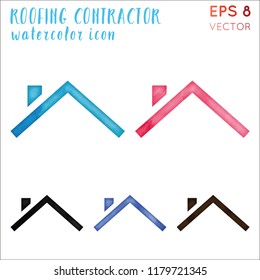Check Out The Role Of Seasonal Consider The Success Of Industrial Outside Painting And Uncover The Most Effective Times To Secure Enduring Outcomes For Your Task
Check Out The Role Of Seasonal Consider The Success Of Industrial Outside Painting And Uncover The Most Effective Times To Secure Enduring Outcomes For Your Task
Blog Article
Staff Author-Leach Bagger
When you're planning an industrial outside paint task, seasonal elements can make or break your outcomes. You'll wish to think about just how temperature level and moisture impact paint application and drying out times. Picking the right period can ensure your paint sticks correctly and lasts much longer. Yet which periods are genuinely the very best for this sort of job? Let's explore the crucial elements that can affect your job's success.
The Effect of Temperature Level on Paint Application
When you're preparing a commercial external paint job, the temperature level can significantly affect how well the paint adheres and dries.
Ideally, you intend to repaint when temperature levels range in between 50 ° F and 85 ° F. If it's as well cool, the paint may not cure effectively, causing issues like peeling or fracturing.
On the flip side, if it's as well hot, the paint can dry too promptly, stopping proper adhesion and leading to an unequal finish.
You need to additionally think about the time of day; early morning or late afternoon supplies cooler temperatures, which can be much more favorable.
Constantly check the supplier's recommendations for the details paint you're making use of, as they usually provide advice on the excellent temperature level array for optimal results.
Moisture and Its Result on Drying Times
Temperature level isn't the only environmental element that affects your business exterior paint project; moisture plays a significant function as well. High humidity degrees can slow down drying times dramatically, affecting the total high quality of your paint task.
When the air is filled with moisture, the paint takes longer to cure, which can cause issues like poor adhesion and a higher risk of mildew growth. If you're painting on a particularly humid day, be prepared for extended wait times between coats.
It's critical to check neighborhood weather conditions and strategy as necessary. Ideally, aim for humidity levels between 40% and 70% for optimal drying out.
Maintaining painting company fort worth consider mind ensures your project stays on track and supplies a long lasting surface.
Best Seasons for Commercial Outside Painting Projects
What's the best time of year for your industrial outside painting tasks?
Springtime and early fall are generally your best choices. During these seasons, temperature levels are moderate, and humidity levels are often reduced, producing suitable conditions for paint application and drying.
Avoid does latex paint expire , which can create paint to completely dry as well rapidly, resulting in inadequate adhesion and coating. In a similar way, winter's cold temperatures can hinder appropriate drying out and healing, running the risk of the longevity of your paint task.
Go for days with temperatures between 50 ° F and 85 ° F for optimum results. Bear in mind to inspect the local weather forecast for rainfall, as damp problems can wreck your project.
Planning around these aspects ensures your paint job runs efficiently and lasts much longer.
Verdict
Finally, preparing your commercial external painting jobs around seasonal considerations can make a considerable difference in the end result. By scheduling job during the suitable temperatures and humidity levels, you'll make sure much better bond and drying out times. Bear in mind to watch on local weather report and choose the right time of year-- spring and early autumn are your best options. Taking these steps will certainly help you accomplish a resilient and professional finish that lasts.
